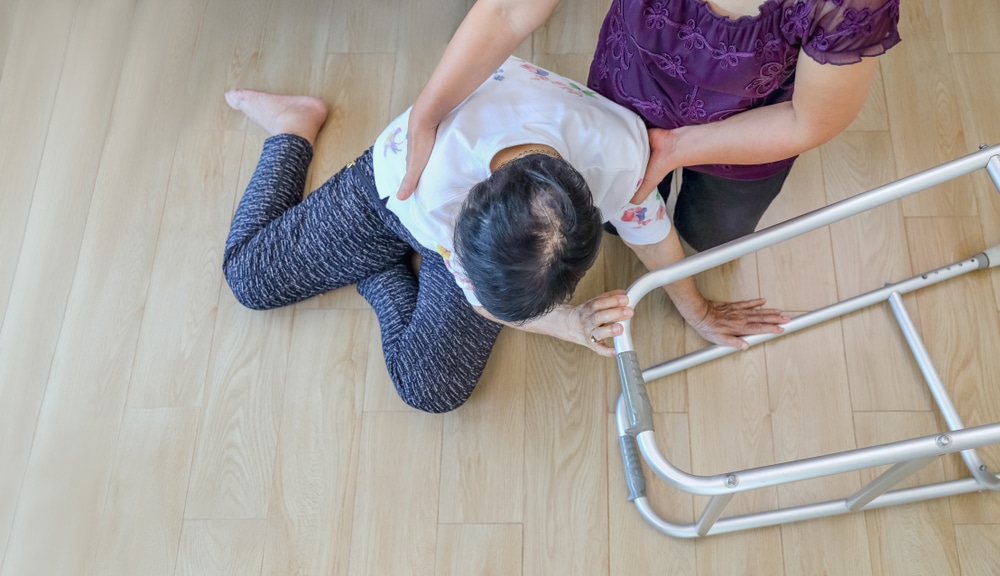
Falls are one of the leading causes of injury and death among older adults. According to the Centers for Disease Control and Prevention, one in four adults aged 65 and older suffer from at least one fall every year, and a senior dies from fall-related injuries every 20 minutes in the United States.
Falls are the leading cause of hip fractures, often leading to loss of mobility and institutionalization among seniors. Even when a fall results in minor bumps and bruises, suffering from a fall often leads to a loss of independence and a fear of falling again.
The good news is that there are some simple, low-cost ways to help cut your risk of falling in your own home:
Items such as shoes and boots, laundry hampers, and coffee tables are common hazards in the home. Take the time to declutter every room in your house, starting with high-traffic areas, hallways, and stairwells.
Poorly-lit rooms and hallways can make it hard to spot tripping hazards, including pets! Add night lights that come on automatically along the path between the bedroom and bathroom, and keep a lamp at the bedside. Also, consider installing motion-activated stair lights, illuminated light switches, and emergency lights that come on automatically in the event of a power failure.
Many people think they only need a cane or walker in the community, but these mobile devices are just as useful at home. A cane can help improve stability and balance for unsteady feet, while a rollator (also called a 4-wheel walker) provides extra protection against falls and can be used to move small items from room to room.
Several over-the-counter and prescription medications are known to cause side effects such as fatigue, dizziness, or slowed reflexes that may increase the risk of falling. If you’re taking medications, make an appointment with your doctor or pharmacist to discuss the potential side effects of your treatments and possible alternatives.
While wearing shoes indoors may seem unusual, properly-fitted shoes with a non-slip sole are much safer than most types of slippers or, worse yet, simply wearing socks inside. Consider purchasing a pair of sturdy running shoes or walkers for indoor-only wear.
Most falls in the home occur in the bathroom. Wet, slick surfaces in the bathroom can make this the most hazardous room in your home. Installing grab bars in the tub/shower can make your bathroom safer, while an elevated toilet seat with arms is ideal for anyone with limited mobility or poor balance. And one more thing, don’t lock the door; instead, use a do not disturb sign to provide you privacy since loved ones need to be able to help you immediately if a fall should occur.
Contact our retail customer specialists here at Copper Star Home Medical if you need help choosing the proper fall-prevention devices for your home. We stock a wide range of high-quality grab bars, bathroom safety devices, canes, and rollators, and we also have the lowest prices on medical equipment rentals in the valley. We even offer a free onsite evaluation to provide solutions for your home.

Marketing Director - Copper Star Home Medical Supplies
Sign up for exclusive updates and promotions.

We Bring Wellness Home